home vintage cameras index

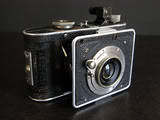
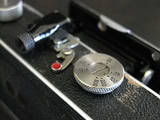
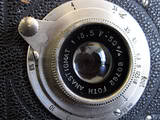
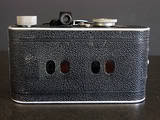
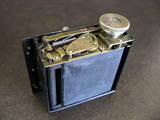

The Foth Derby Manual is at the Butkus site.
More about the restoration of my Foth Derby can be found on my blog.
The shutter is unconnected to the film advance in the Foth Derby, so one must remember to both advance the film and then to rotate the shutter dial to cock it before pressing the shutter release. The shutter speed must also be set prior to cocking the shutter. The camera produces a 127 4x3 half-frame format which makes use of the 4x6cm frame numbering on the roll film. That means that the user initially advances the number one frame to the first window to make the first exposure, and then the film is advanced to show the same number one in the second window for the second exposure. The camera is actually equipped with four windows on the back, one pair in red for orthochromatic film and one pair in green for panchromatic. Those distinctions are no longer of importance in using modern films, and because they are considerably more sensitive than the emulsions available in the 1930's it is prudent to keep the windows covered except when advancing the film.
The Foth Derby, in spite of its classic design and construction, can often be found on ebay selling for as little as ten dollars. The reason for this is that the cloth shutter curtains in the camera are always severely deteriorated. This can be verified by holding the open back of the camera up to a bright light and looking in through the lens. What is revealed is a field of tiny pinholes where the rubberized covering has worn away from the cloth base of the shutter curtains. Fortunately, the deterioration can be corrected by recoating the curtains with a layer of opaque ebony matte fabric paint, obtained in the U.S. in craft stores under the brand name, Tulip. There are, however, some other things that go wrong with these old shutters. The tension on the curtains may become uneaven so that they do not travel at the same speed to maintain the proper gap during exposure at each setting. The ribbons holding the curtains in place can come loose and do not hold the two curtains in proper alignment, thus permitting a fatal gap to appear during film advance. If you are an adventurous repairman, some directions are available on line from RaulM for shutter restoration in the worst-case scenario.
Below are some of my photos from the Foth Derby:
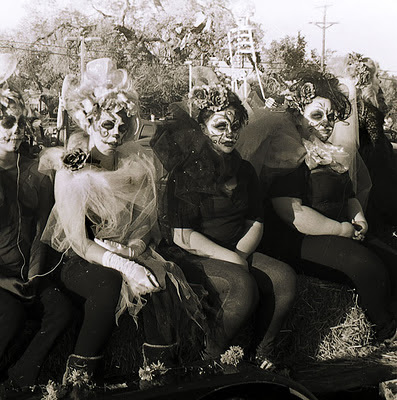
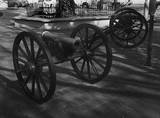
|
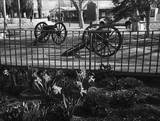
|

|
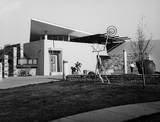
|
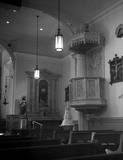
|
home vintage cameras index
 © mike connealy
© mike connealy